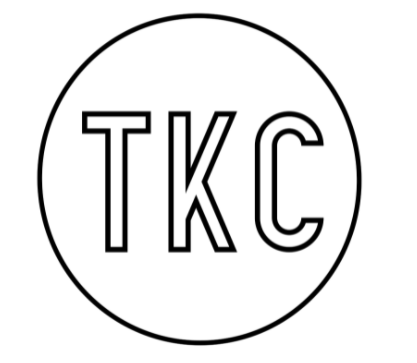This issue, The Kirkwood Call decided to take a look into teachers’ teenage years. We were surprised to find how involved our teachers still were with their schools back then. It turns out they share the same memories, troubles and stresses involved with any high schoool. We interviewed four teachers, all different in their own ways, and found out many interesting facts about the people we depend on every day.
Dr. David Holley, principal, attended Kirkwood High School and graduated in 1967. Holley is one of the few faculty members who remembers the age when KHS had a dress code, chalk boards and no Safari Montage to keep classes entertained. ActivBoards were unimaginable, left alone part of every classroom. Holley was a member of the basketball team, track and field, STUCO and The Kirkwood Call.
“I was like a lot of kids who went to school and did okay,” Holley said, “but what I really loved to do was play sports.”
Holley was undoubtedly a fun-loving student back in the day. He recalls being somewhat outlandish, but he has not changed at all.
“I hoped kids would love high school just as much as I did,” Holley said.
A lot can change in 43 years. Believe it or not, back in 1967, cell phones and iPods were unheard of. Technology at KHS seemed very stone age.
“Literally, the technology in those days was a 16 mm motion picture and a chalk board,” Holley said.
Trekking back through time to the age when the radio ruled the airwaves and auto-tune did not exist, Holley recounts the biggest difference between then and now.
“The kids are still the same,” Holley said, “but the teachers now are a lot better than the teachers I had.”
“I think now I’m more comfortable with myself,” Gavin said. “I’m more confident and able to take risks.”
An all-boys school where uniforms were required, SLUH was very different from KHS.
“SLUH was a lot more of a serious place,” Gavin said. “It was a place of less joy. I think that people there were harsher, and kids here are gentler.”
One after-school activity that will remain the same for high school students everywhere is cruising. Gavin recounts a story where this quickly turned into something much more serious.
“Three of my friends and I were driving around aimlessly after school,” Gavin said. “We were headed to Nerinx to visit some girls. One of our friends was complaining that his stomach hurt, and we were making fun of him for being a wimp. It turned out his appendix had burst. He ended up being okay though.”
—
Marjorie Tomlinson (formerly Kalliongis), math teacher, graduated from EOS High School in Storrs, CT in 1974.
In a small town with a school of only 800 students, it was a necessity for Tomlinson to have as much of a social life as possible. Tomlinson was also very involved with her school.
“I was very outgoing,” Tomlinson said. “I had a lot of friends. I was also a part of the drama club and liked to be in the plays. I really enjoyed sports, but there were no girls sports teams.”
Besides the Drama Club, Tomlinson was also a member of the National Honors Society, the school chorus and the Chess Club.
Tomlinson was a teen of the ‘70s, which of course meant that anyone who was anybody was a hippie.
“Me and my friends were all hippies,” Tomlinson said. “I wore blue jeans with 8,000 patches on them every day with really wide bell-bottoms and the thick belt. I was a typical flower child.”
Tomlinson was like many people who were forced to cope with personal problems during their teenage years.
“I like myself a lot more than I did in high school,” Tomlinson said. “I was always beating myself up and criticizing myself. But now I think I’m okay.”
—
“I was relatively introspective and quiet. Some might even say nerdy,” Harig said. “It’s been a continuity in my life. But I wasn’t a grade-grubber. I didn’t really know what my GPA was.”
Harig had a problem in high school that most students have never had to undertake: his uncle was the principal.
“One of the saddest moments of my life was when people found that out,” Harig said. “And during soccer practice I lapped some people, which meant that they had to run more. So walking down the hall one day they grabbed me and gave me a snuggie, which would be called a wedgie now. Then they gave me a pink belly. Then they opened a cabinet in the biology room, threw me in there and turned the gas on. It was a test to see if I would tell on. It was hard not to, but I passed the test.”
Harig feels he has barely changed since those days.
“I’m just a little fatter. I have more wrinkles. My eyesight is worse,” Harig said. “But I still love school.”








